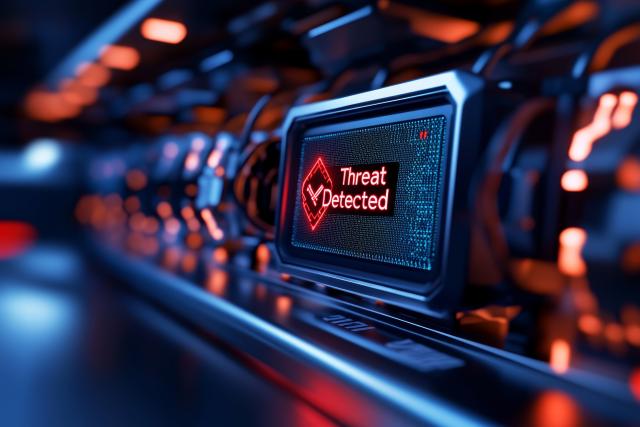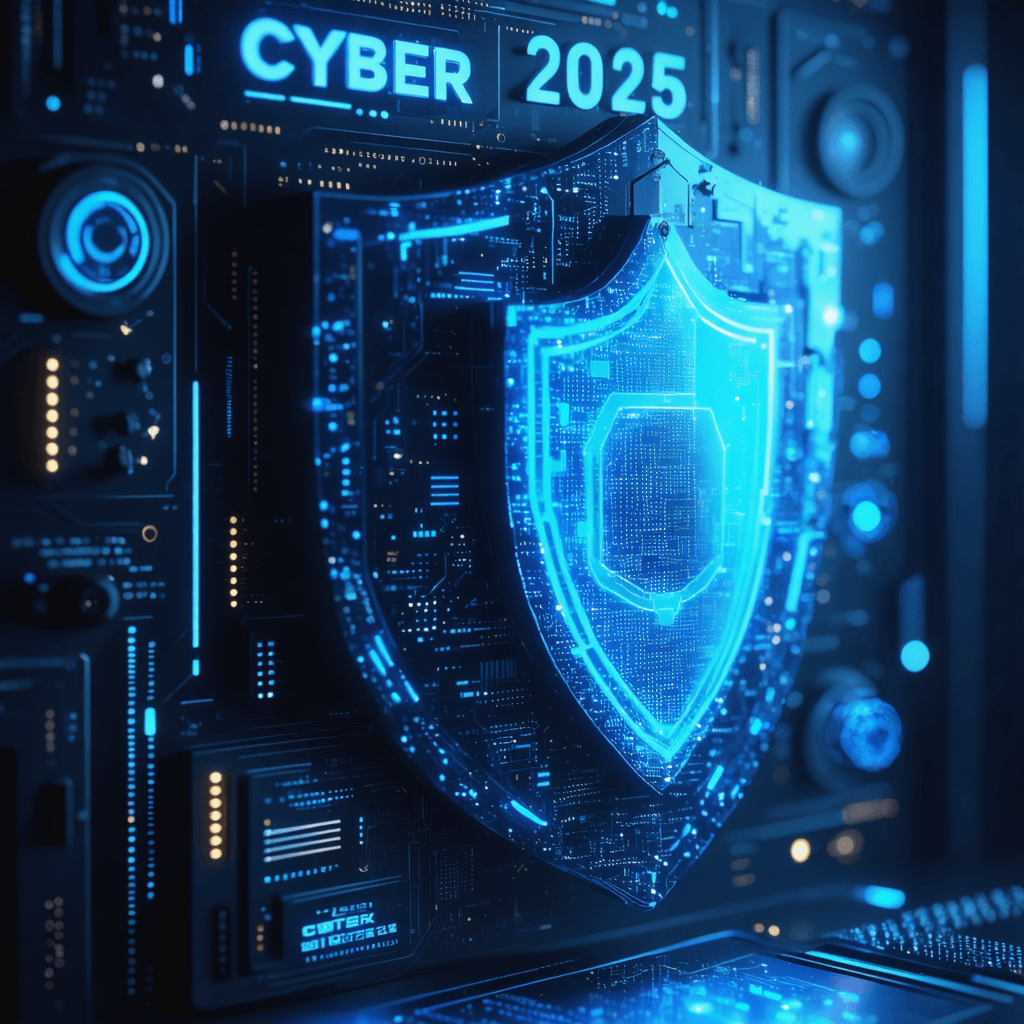10 Mind-Blowing Cybersecurity Trends That Will Transform How You Stay Safe Online in 2025
In an increasingly digital world, staying ahead of cybersecurity threats has never been more crucial. As we navigate through 2025, the cybersecurity landscape continues to evolve at an unprecedented pace, bringing both new challenges and innovative solutions. Let's explore the ten most significant cybersecurity trends that are reshaping our approach to online safety.

1. AI-Powered Threat Detection and Response
Artificial Intelligence has revolutionized cybersecurity defense mechanisms. In 2025, AI systems are not just detecting threats; they're predicting and preventing them before they materialize. Machine learning algorithms now analyze patterns across billions of data points in real-time, providing unprecedented threat intelligence and automated response capabilities.
2. Quantum-Resistant Encryption

With quantum computing advancing rapidly, traditional encryption methods are becoming vulnerable. Organizations are implementing quantum-resistant cryptography to protect sensitive data from future quantum attacks. This paradigm shift in encryption technology is essential for maintaining long-term data security.
3. Zero-Trust Architecture Evolution
The concept of "never trust, always verify" has evolved into a comprehensive security framework. In 2025, zero-trust architectures incorporate continuous authentication, micro-segmentation, and real-time access control, making it significantly harder for cyber criminals to breach network defenses.
4. Biometric Authentication Revolution
Traditional passwords are becoming obsolete. Advanced biometric authentication methods, including facial recognition, fingerprint scanning, and behavioral biometrics, are now the standard for secure access. These systems offer enhanced security while improving user experience.
5. Extended Detection and Response (XDR)

XDR platforms have become essential in providing unified security incident detection and response. These systems integrate data from multiple security tools, offering a comprehensive view of threats across all network layers and enabling faster, more effective responses to security incidents.
6. AI-Enhanced Social Engineering Defense
As social engineering attacks become more sophisticated, organizations are deploying AI-powered systems to detect and prevent these threats. These tools can identify suspicious patterns in communication and behavior, protecting users from increasingly convincing phishing attempts and deepfake scams.
7. Cloud-Native Security Integration
With the continued shift to cloud computing, security solutions are becoming inherently cloud-native. This integration ensures better protection for cloud-based assets and applications, with automated security controls and compliance monitoring built directly into cloud infrastructure.
8. IoT Security Standardization
The Internet of Things (IoT) ecosystem has finally embraced standardized security protocols. In 2025, we're seeing widespread adoption of secure-by-design principles in IoT devices, along with automated security updates and enhanced device authentication mechanisms.
9. Privacy-Enhancing Computation
Organizations are increasingly adopting privacy-enhancing computation techniques to process sensitive data while maintaining confidentiality. This includes homomorphic encryption and secure multi-party computation, allowing data analysis without exposing the underlying information.
10. Automated Security Orchestration

Security Orchestration, Automation, and Response (SOAR) platforms have become indispensable. These systems automate incident response, threat hunting, and security operations, significantly reducing response times and human error while improving overall security posture.
Practical Implementation Tips
- Regularly assess your organization's security posture against these emerging trends
- Invest in continuous security training and awareness programs
- Implement multi-layered security approaches that incorporate several of these trends
- Stay informed about evolving threats and adapt security measures accordingly
- Partner with security experts to ensure proper implementation of new technologies
The cybersecurity landscape of 2025 demands a proactive and sophisticated approach to digital security. By understanding and implementing these trends, individuals and organizations can better protect themselves against evolving cyber threats.
Ready to stay ahead of the curve in cybersecurity? Explore 01TEK's comprehensive cybersecurity courses and resources. Our expert-led programs will equip you with the knowledge and skills needed to navigate this rapidly evolving landscape. Visit 01TEK's cybersecurity training portal today to begin your journey toward becoming a cybersecurity expert.
Sources: 1. Capitol Technology University 2. Raconteur 3. Forbes 4. Government Technology 5. Check Point Blog
As long as you’re going to be thinking anyway, think big.
Donald Trump



